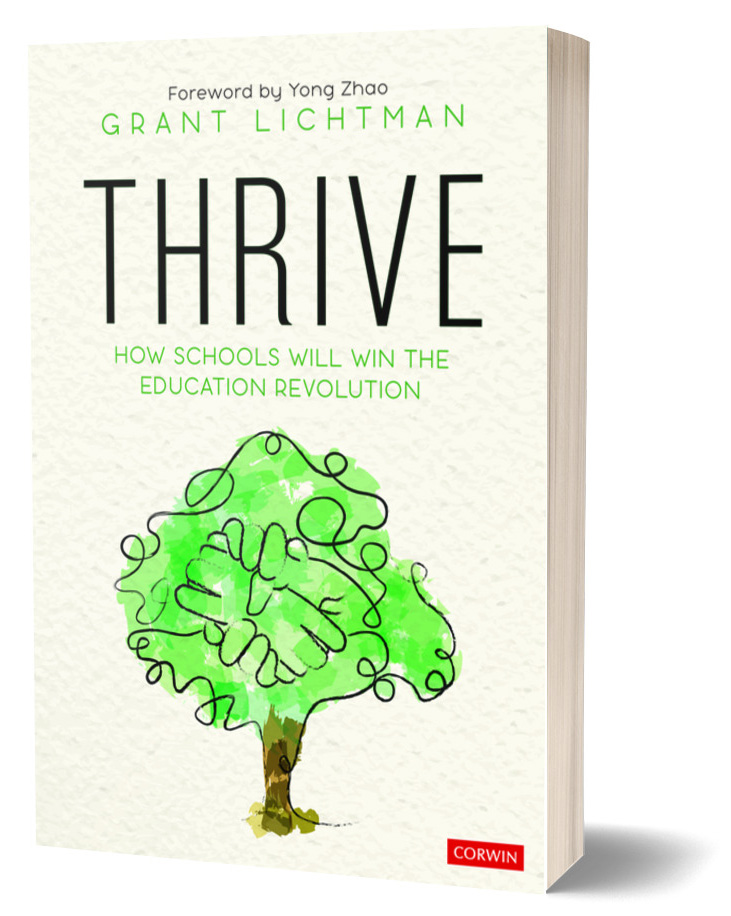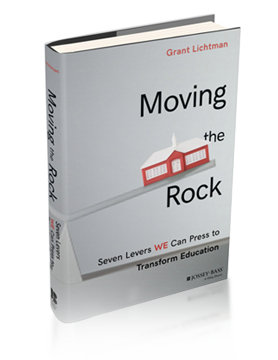What does it mean for a student to go to a “college prep”-focused school today?
 In a provocative, well-researched, and often disturbing article in the New York Times, leading author Paul Tough takes a deep dive into the profound challenges that most colleges and universities face in balancing the desire for diversity and the reality of an unsustainable financial model. The bottom line is that most colleges are making little if any headway in terms of increasing racial and socio-economic diversity amongst their student bodies. They tend to admit under-qualified, wealthy, white applicants over better-qualified, poor, non-white applicants, even though they have data to show that the later group will perform better academically during their college years. He quotes long-time college admissions director Jon Boeckenstedt:
In a provocative, well-researched, and often disturbing article in the New York Times, leading author Paul Tough takes a deep dive into the profound challenges that most colleges and universities face in balancing the desire for diversity and the reality of an unsustainable financial model. The bottom line is that most colleges are making little if any headway in terms of increasing racial and socio-economic diversity amongst their student bodies. They tend to admit under-qualified, wealthy, white applicants over better-qualified, poor, non-white applicants, even though they have data to show that the later group will perform better academically during their college years. He quotes long-time college admissions director Jon Boeckenstedt:
Admissions for us is not a matter of turning down students we’d like to admit. It’s a matter of admitting students we’d like to turn down.
At nearly every school I visit, the question of college admissions, and what colleges are looking for, is at the top of the list of concerns. Tough lays out the guts of the problem: what colleges want and need are very different. What does this mean for your school?
- For all schools, “preparing” students for college by offering test-prep courses that will help students get into a college where they are more likely to sink than swim is just wrong. It may boost your school’s short term reputation, but that kind of reputation is fragile and ephemeral, and it does not serve the students’ best interests.
- For tuition-based K-12 schools the key elements of Tough’s article are already familiar. Unless you have an enormous endowment, you suffer from the same balancing act between diversity and financial sustainability. I have said for years, and most independent school business officers agree: the only solution is to make structural changes to your expense model, which requires courageous and probably uncomfortable choices.
- For schools in our underserved communities, I wish I could find the ray of hope in Tough’s analysis. America has become increasingly divided along racial, economic, and political lines, and it appears that many colleges are not helping to solve the problem in any profound sense.
As I did in my last book, Moving the Rock, I call on all colleges to take one simple step: either join the growing list of schools that do not require applicants to submit standardized test scores, or publish your minimum allowable SAT and AP scores each year, and if an applicant meets that standard, ignore those scores for any additional sorting of applicants. We know that the scores do not indicate success in college and we know that they discriminate against low income students and students of color. This won’t solve your financial problem, but at least it will help you enroll the students who are most deserving of your education.












Leave A Comment